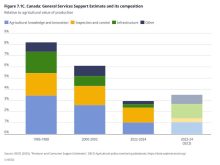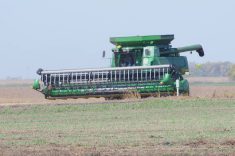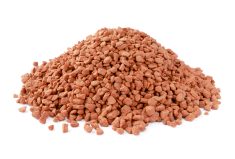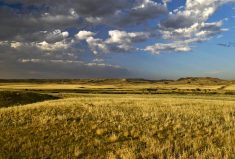Changes in agriculture, trade, food production and consumption after the collapse of the Soviet Union led to a large reduction in greenhouse gas emissions, a new study has found.
From 1991 to 2011, there was a net emissions reduction of 7.61 gigatons (Gt) of carbon dioxide equivalents — the same as one-quarter of the CO2 emissions from deforestation in Latin America in the same period.
However, the team behind the research cautioned that ongoing changes in food systems in former Soviet Union countries suggest the reduced emissions will ultimately rebound.
Read Also

New ranking elevates Assiniboine College to national research elite
Brandon’s Assiniboine College is 47th in a national ranking measuring research dollars and output at publicly funded institutions in Canada.
They published their results in the journal Environmental Research Letters.
Florian Schierhorn, from Germany’s Leibniz Institute of Agricultural Development in Transition Economies, Germany, is the study’s lead author. He says the contributions of the global food system to emissions is an important question.
“A key aspect of this is assessing how changes in international trade patterns affect regional GHG emission balances,” he said.
“When the former Soviet Union collapsed, the transition from a planned to a market economy had drastic consequences for the region’s agricultural sector and food systems. Higher prices and lower purchasing power reduced the consumption of meat, particularly beef.
“This fall in demand, coupled with a reduction in state support for agriculture, led to a halving in pig and cattle numbers. This collapse in the livestock sector led to widespread agricultural abandonment.”
The two largest contributors to reduced emissions were less livestock production and increased carbon sequestration on abandoned cropland in Russia and Kazakhstan.















